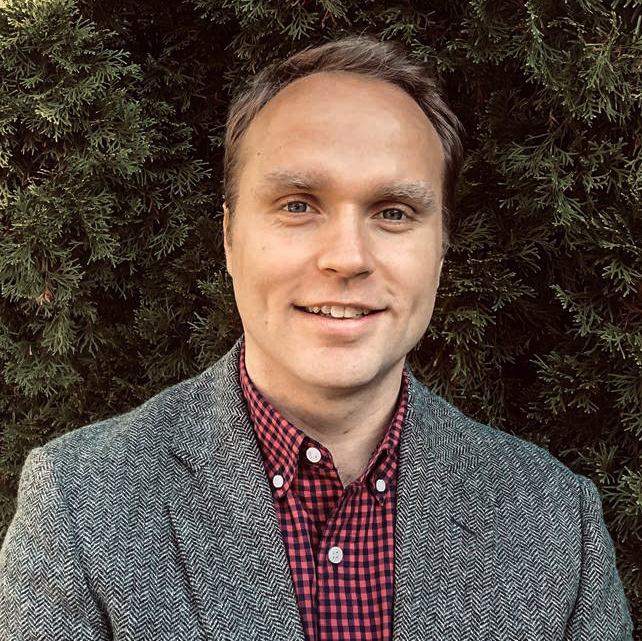
I am currently an Assistant Professor in the Department of History at Eastern Illinois University. I hold PhD in History from the University of Rochester. Previously, I have studied history at the University of Utah and Central Michigan University. I have benefited from living among diverse cultures and in beautiful places. From Utah’s Wasatch Valley, to the rural Midwest, to post-industrial cities and bustling metropolises, I am continuously inspired by the ways in which humans interact with their local environments. These human landscapes are a lens to understand how local cultures interact with the natural world. As such, my research questions begin with a simple premise: humans shape nature and nature shapes humans. This outlook asserts that the relationship between man and nature is far more reciprocal than hegemonic. Environmental realities are a result of human ideologies, culture, and unintended consequences in an ecological system. In turn, human perceptions of the natural world are a result of human and non-human actors. This theoretical premise makes up the bedrock of my past work, current research, and teaching emphasis.
Broadly speaking, my research explores the interaction of nature, capitalism, and culture in nineteenth and twentieth-century America. My current manuscript examines the role of plant nurserymen in nineteenth-century America. Nurserymen were naturalists, city planners, reformers, scientists, and businessmen. Their vision for the American landscape blended agribusiness with a deep reverence for the natural world. Nurserymen promoted a romantic vision towards the natural world — a vision that asked Americans to slow down, tend their gardens, and bask in the splendor of nature’s beauty. Driven by the prospect of a horticultural paradise and tasked with the duties of their profession, nurserymen also became the principal actors of American ecological empire. Trading plants across the continent, nineteenth-century nurserymen provided the physical plant material that sustained Euro-American settlers. I have received generous support to pursue and present this research from the American Antiquarian Society, the Newberry Library, the New York Botanical Garden, the Andrew W. Mellon Foundation, the National Science Foundation, and the American Society for Environmental History.
I am also interested in the ways in which new digital technologies reveal nuanced understandings of the lived experience. Through various fellowships and workshops, I have had the opportunity to analyze a how digital tools can expand the historical record and amplify the historian’s voice in a world in need of thoughtful and informed perspectives. My research uses big data collection and data visualization to track the flow of plant material across the continent.
In addition to my research I also believe that the use of web design, coding, data collection/visualization, and digital mark-up can improve both historical research and the visibility of the humanities in a broader context. Digital literacy is not an option; it is an essential component of a humanities education. In addition to lecture and classroom discussion, I expose students to XML Coding, GIS Mapping, data visualization, web design, and multi-modal writing to teach essential technological skills and improve students’ digital literacy and criticism.
If you would like to contact me, feel free to email me at crburd {at} eiu.edu. You can also see more information about my past research, presentations, and professional experience by viewing my CV in the menu above.
Featured In the Media
Below you will find various articles, radio programs, and documentaries where my research has been featured:
- “It Tends to Get Louder During a Recession,” podcast interview with Stuart Carlton, Teach Me About the Great Lakes, November 16, 2020.
- Eric Freedman, “Remembering the UP’s break-away movement,” appeared in Spartan Newsroom (Lansing, Michigan), March 20, 2020.
- Contributor to Rochester’s First Park: Highland Park, Designed by Frederick Law Olmsted (2018; Rochester, New York: Highland Park Conservancy).
- Eric Freedman, “Behind that romantic stand of pines, a history of abuse,” appeared in Capital News Service (Lansing, Michigan), March 17, 2017.
- Eric Freedman, “Pure Michigan: A two-centuries old marketing tool,” Great Lakes Echo, March 27, 2017.
- “Digitally Mapping Social Networks of Historical Figures,” interview by Evan Dawson, Connections, WXXI AM, November 3, 2015.